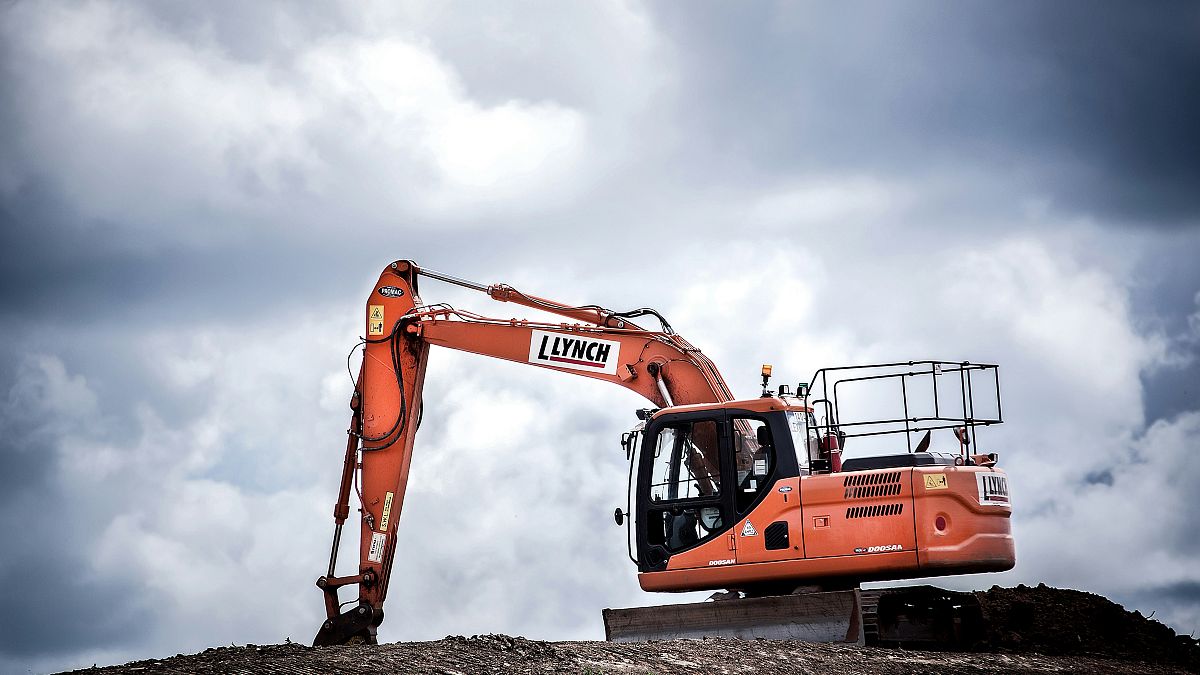ING has recently analyzed the construction sectors across Europe, revealing which nations are experiencing a rebound and which ones are still lagging behind.
Dutch bank ING’s latest report on the EU construction outlook highlights a significant anticipated decline in sector activity this year. However, signs of recovery in construction growth are projected for the upcoming year.
According to the report, “We anticipate a drop in construction volumes this year of around -1.5%. This figure has been revised from our earlier forecast of -0.5%, mainly due to updated Eurostat data.”
The European data office has adjusted the 2023 EU construction figure upwards from 0.1% to 1.4%. This adjustment indicates that growth has persisted longer than initially expected, resulting in a delayed decline and a more substantial contraction for 2024.
“Nevertheless, the optimistic trends noted in our previous forecasts are becoming increasingly apparent. Property prices continue to rise in numerous countries, and there has been an increase in the issuance of building permits,” the report stated. “Moreover, at the beginning of the construction value chain, manufacturers of building materials such as concrete, cement, and bricks seem to have passed the lowest production volume point.”
Extended lead times have also impacted residential and non-residential construction volumes, causing both corporate and individual buyers to hesitate on investing in new properties. Conversely, the renovation sector, which includes sustainability projects, is expected to see an uptick in demand throughout the remainder of the year and into 2025.
This trend is likely to extend to infrastructure investments, with considerable growth driven by expansions in power grids, digital infrastructure developments, and the green transition. As we approach 2025, the housing market is anticipated to revive, leading to an increase in building permits for new homes, further energizing the construction sector.
Challenges Persist in France and Germany’s Construction Markets
Germany has witnessed a 2.6% decline in construction volumes during the second quarter of the year, reversing earlier growth seen in the first quarter. The country’s construction sector has been weakening since 2021, a trend expected to continue throughout the remainder of this year.
The report notes, “In August, German contractors expressed the highest levels of pessimism among major EU countries. The ongoing decrease in building permits for new residential projects highlights the difficulties still faced.” However, there is some relief in the civil engineering sector, where investments in infrastructure development, particularly in roads and digital enhancements, are providing some growth.
Estimates suggest that France’s construction output is set to decline by -1.0% this year, primarily due to contractor sentiments that have not yet bounced back from previous weaknesses. The issuance of building permits for new housing is progressing at a slower pace, further compounded by stagnant house prices that deter new developments.
Netherlands and Spain Show Signs of Construction Growth
In a positive turn, the Dutch housing market saw an increase in building permits early this year, along with rising sales of newly constructed homes, indicating a recovering housing sector. Nonetheless, construction output is still projected to fall by 3% this year, grappling with the residual impacts of last year’s slump in new home sales and building permits.
Spain’s construction sector, on the other hand, has shown remarkable resilience, achieving a robust 4.5% growth last year and maintaining stability through the first half of this year. The substantial development of both residential and non-residential permits in the first quarter of 2024 has fueled this advance.
However, Spanish construction companies continue to face challenges, having experienced a 25% drop in production output between 2019 and 2022. The report underscores the impact of EU recovery fund investments on Spain’s construction landscape, suggesting further growth for the sector in 2024 and 2025, albeit at a more tempered pace compared to 2023.
Photo credit & article inspired by: Euronews
